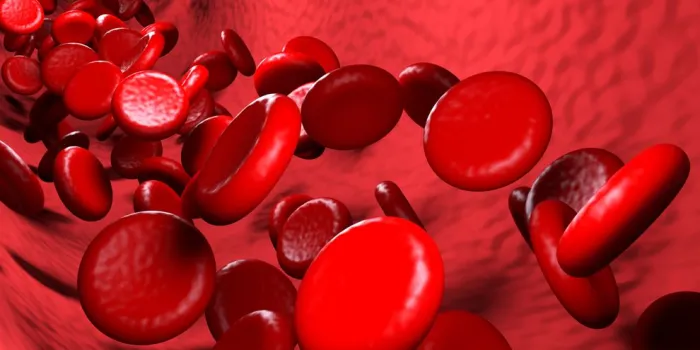To diagnose a blood or bleeding disorder, healthcare providers use a variety of tests to identify whether someone’s blood is clotting properly.
Improper clotting can be caused by defects in blood components such as platelets and clotting proteins, also called clotting factors. The body produces 13 clotting factors. If any of them are defective or deficient, it affects blood clotting; a mild, moderate, or severe bleeding disorder can result.
In addition to a complete blood count, two of the most commonly ordered screening tests for blood or bleeding disorders are the PT and aPTT tests, which are known as coagulation tests. These can determine if someone has too much or too little of a clotting factor, is missing a clotting factor, or has a clotting factor that isn’t working properly.
The Clotting Cascade
To understand how PT and aPTT tests work, it’s helpful to review the clotting cascade (also called the coagulation cascade), which is the complex chemical process that changes blood from a liquid to a solid at the site of an injury:
- Injury: A cut on the skin or an internal injury creates a small tear in a blood vessel wall, which causes blood flow.
- Vessel constriction: To control blood loss, the blood vessel immediately narrows, or constricts, limiting blood flow through the vessel.
- Platelet plug: In response to the injury, tiny cells in the blood called platelets are activated. The platelets stick to one another and to the wound site to form a plug. The protein von Willebrand factor helps the platelets stick to each other and to the blood vessel wall.
- Fibrin clot: Next, blood-clotting factors trigger the production of fibrin, a strong, strandlike substance that surrounds the platelet plug and forms a meshlike net that keeps the plug firm and stable. Over the next several days to weeks, the clot strengthens and then dissolves as the wounded blood vessel wall heals.
What Is a PT Test?
PT stands for prothrombin time. A PT test evaluates how long it takes a person’s blood to generate fibrin and form a clot. Specifically, it measures the clotting ability of factors I, II, V, VII, and X. If any of these factors are too low, clotting takes longer than normal.
What Is an aPTT Test?
aPTT stands for activated partial thromboplastin time. An aPTT test also measures the time it takes for blood to clot, but it assesses factors VIII, IX, XI, and XII.
Other Uses for PT and aPTT Tests
In addition to screening for and diagnosing blood and bleeding disorders, these two blood tests are commonly used to monitor the effectiveness of blood-thinning medications such as warfarin, which are often prescribed to people who have cardiovascular issues such as an irregular heartbeat or a history of strokes or heart attacks.

